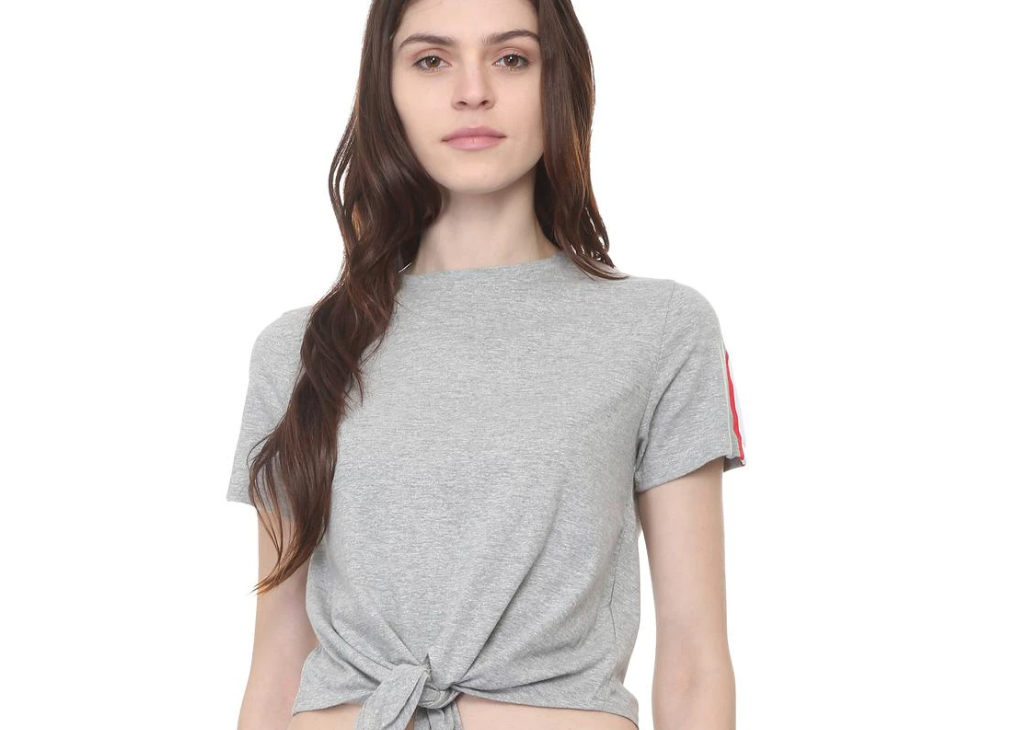In the preface to “Standing Upright!”, the author apologizes for his “anecdotal but not exhaustive” nature of Chapter 10. However, this anecdotal approach is far from a problem, which is inseparable from the ambitious goal of Sand Gilman: demonstrating the importance of the historical position in the West. As he suggested, human beings can stand as a result of “the collection of muscles, ligaments, and body systems” – but our determination to stand upright largely reveals “what we believe and what these beliefs mean.” Gilman skillfully traces our understanding of form from the earliest Homo sapiens through classical civilization and post-war artistic movements and contemporary work habits.
However, the promotion of chapters is not a chronology but a multiple discourse that ensures physical political integrity. Gilman’s multidisciplinary approach draws on theology, philosophy, military, medicine, and the arts. The Greek philosophers debated exactly where humans were in appearance (Aristotle, the Bishops; Anasogulas favored both hands), but agreed that they were “ups and downs, pushing men to God. Gilman to Iman Neukerde’s interpretation shows the origin of the lasting connection between stance and morality.For Kant, the slow, twisted, and twisted forms of human development must strive to achieve physical, social, and moral “righteousness”: to achieve moral integrity, The body comes with it.
Gilman skillfully displayed the eye-catching image of the entire plumb line, using this transformation to convert the incident into data. When Kant thinks morally straightforward, “Pose Book” provides practical military advice. Stand upright! The illustrations are very good, especially those who depict ballet spears. They imitate the long lines of their weapons and are the pioneers of marching. The 19th century discourse on social citizenship adapted to the plumb line, like the waiter of Kaiser Wilhelm II waiting, trained by the “Body Culturer” Bess M. Mensendieck (I stood three minutes at the position needed by Mensionneck: oh!) The same situation! . The ideal of a plumb line stiffens the moral body, informs the use of women’s wholesale sexy corsets, the braces of disabled people, and even the stiff use of babies. Children and adults are shaped by social institutions: education and citizenship. Sigmund Freud’s work on neurosis attracted “righteousness.” Compared to Charles Darwin, authoritative sources believe that only bipedal people – with his empty hand – can express anger. Gilman’s authoritative voice brings together numerous examples into a persuasive lighting analysis.
Cleverly, each chapter magnifies what happened before, until the “health” of social morality and physical verticality cannot be linked. Only in this way will the last three chapters make it very clear what these links mean for non-regulatory institutions. Again and again, the symbolic “straight line” of a country is maintained through dehumanizing “distorting”: Native American children are forced to wear corrective shoes; blood and soil of Nazi Germany; persecution of disabled groups; The sense of anti-Semitism is legalized through straight/lazy, patriotic/traitor, useful/parasitic categories; these same categories prove slavery. As Gilman pointedly pointed out, the persecutors (racial scientists in his example) liked “this seemingly objective classification.” His last part shows the central significance of posture for disability research, which is particularly important.
What Gilman demonstrated so successfully is that any posture history is always a perception of history. The bold command of the title is a big bang for those who allegedly endangered the country and caused moral corruption or reduced productivity. He made a valuable book.
